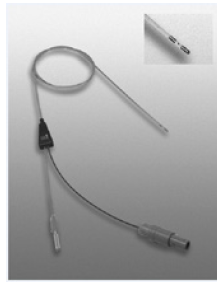Essential
Hypertension in the Elderly: To Treat or Not to Treat? A Therapeutic Dilemma
for the Geriatric Cardiologist by Akhtar
Khan* in Open
Journal of Cardiology & Heart Diseases_ journal of cardiology & heart
diseases

Abstract
Essential hypertension, the most common
type, is an important cause of morbidity and mortality in the elderly, a
rapidly growing section of the population. It is a sad reality that until the
1950s treating benign hypertension was not thought to be necessary. The tragic
death of Franklin Delano Roosevelt on April 12, 1945 at the age of 63 years,
with a blood pressure of 350/195mmHg, and without treatment shocked the
healthcare community. Now, with extensive research, the availability of
affordable and effective treatments and lifestyle measures, freedom from
unfounded phobias of adverse drug effects, and new approaches such as aroma,
colour and music therapy have improved the quality of life for hypertensives
generally and especially the elderly.
Introduction
“There are few stories in the history of medicine that are filled with
more errors or misconceptions than the story of hypertension and its
treatment.“_ Prof Marvin Moser (1925-2015)-Yale University School of Medicine.
Hypertension (HTN) is defined as: Having a
systolic blood pressure (SBP) of 140mmHg or greater OR having a diastolic blood
pressure (DBP) of 90mmHg or greater OR taking antihypertensive medication OR
having been told at least twice by a physician or other health professional
that one has HTN [1]. Prof. John Hay (University of Liverpool), while
delivering a lecture in Bradford on February 25th, 1931, under the auspices of
the British Medical Association, remarked “It is agreed that a high arterial
pressure is essential for the efficient performance of muscular work”. He added
“There is some truth in the saying that the greatest danger to a man with high
blood pressure lies in its discovery, because then some fool is certain to try
and reduce it [2]. However, research has since established that HTN (“The
Silent Killer”) is a persistent non-physiologic elevation in blood pressure
necessitating timely pharmacological and non-pharmacological interventions.
Essential hypertension (‘Essentielle hypertonie’) is the most common type of
HTN accounting for 95% of hypertensives.
Please click on the link: https://crimsonpublishers.com/
For
more articles in journal of
cardiology & heart diseases,
Please click on below link: https://crimsonpublishers.com/ojchd/
Follow On Publons:
https://publons.com/publisher/6342/crimson-publishers/
Follow On Linkedin:
https://www.linkedin.com/company/crimsonpublishers/
High impact journals in Crimson Publishers?



